Why Switch From a Collar to a Harness?
While collars are fine for ID tags, they can cause neck strain and injury when dogs pull. Harnesses distribute pressure across the chest and shoulders, making walks safer and more comfortable.
Key benefits of harnesses:
-
Protect your pup’s neck and throat
-
Give you better control on busy streets
-
Reduce pulling with ergonomic designs
-
Offer more comfort with padding and adjustable straps
👉 Explore the Dogistry Harness Collection.

Step 1: Choose the Right Harness
Not all harnesses are created equal. Look for:
-
No-pull design for better control
-
Adjustable straps for a secure fit
-
Soft padding for comfort
-
Stylish finishes that match your taste
👉 Try the Dogistry No-Pull Luxe Harness.
Step 2: Introduce the Harness Slowly
Don’t rush! Let your pup sniff and explore the harness before putting it on. Use treats and praise to build positive associations.
Step 3: Start Indoors
Practice wearing the harness inside first. Short sessions help your pup adjust before heading outdoors.
Step 4: Go for Short, Calm Walks
Begin with short, relaxed walks. Reward calm behavior with treats and encouragement to reinforce the new routine.
Step 5: Transition Fully
Once your pup is comfortable, you can use the harness as their main walking gear—reserving the collar for ID tags only.
Why Dogistry Harnesses Make the Switch Easy
Dogistry harnesses are designed with comfort, safety, and style in mind. With premium materials, easy-on/easy-off designs, and matching leashes and poop bag holders, your dog’s transition will be seamless.
👉 Complete the look with the Dogistry Dog Walking Set.

Final Thoughts
Switching from a collar to a harness is one of the best upgrades you can make for your dog’s health and happiness. With a little patience—and the right gear from Dogistry—you’ll both enjoy safer, stress-free walks.










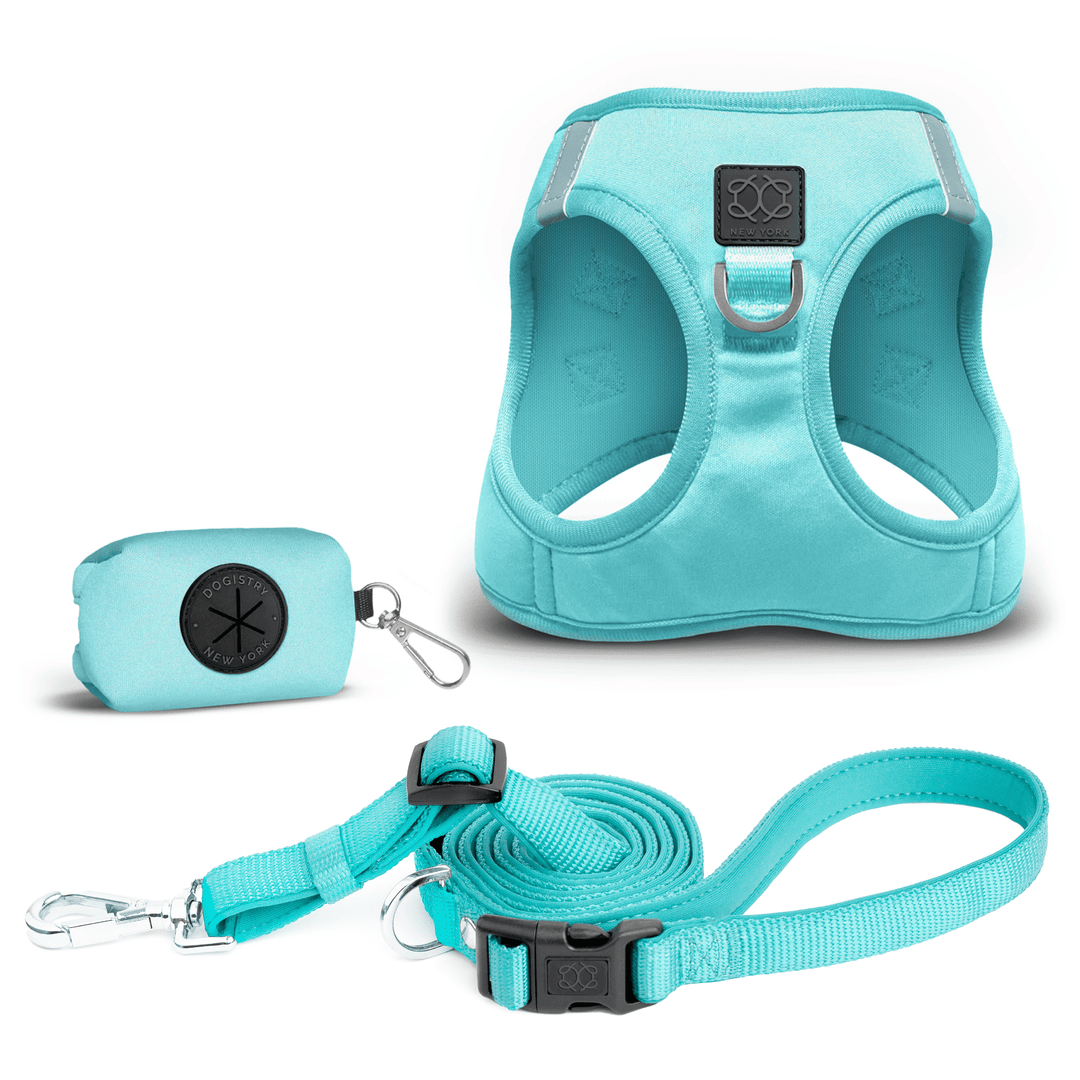
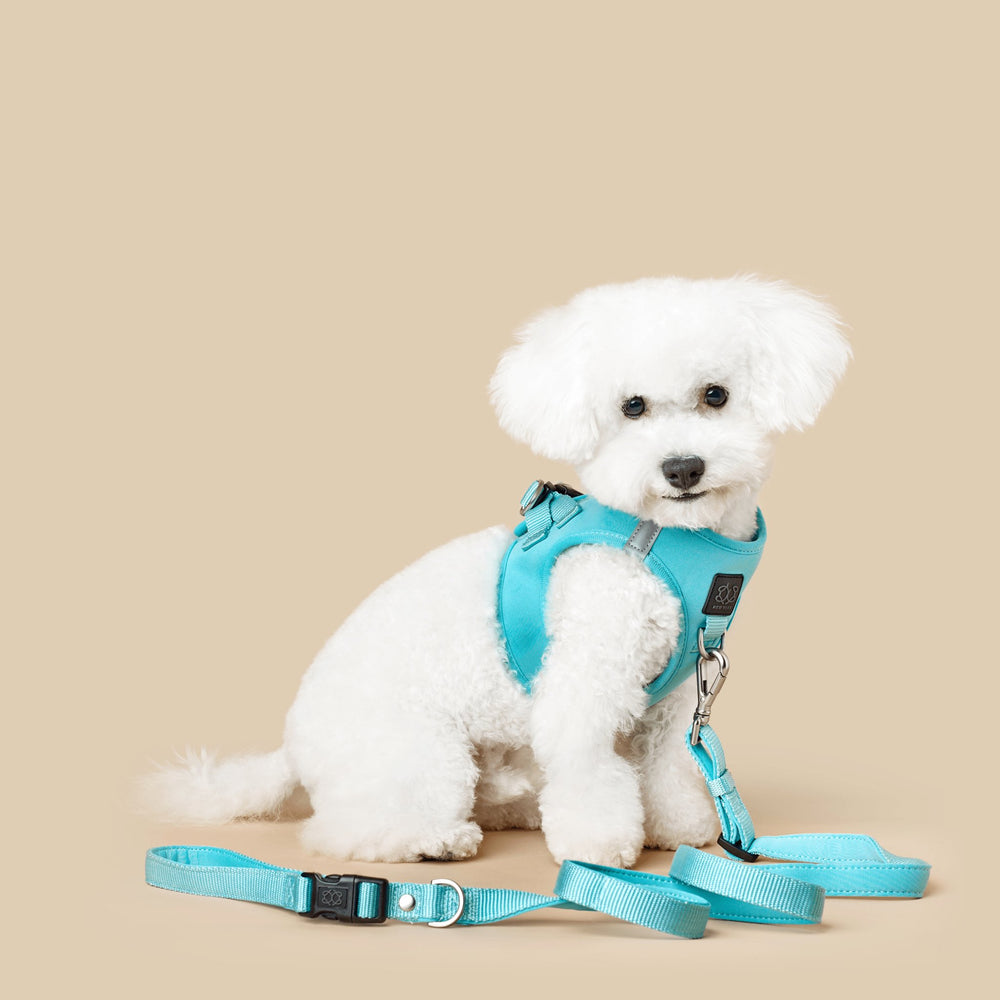
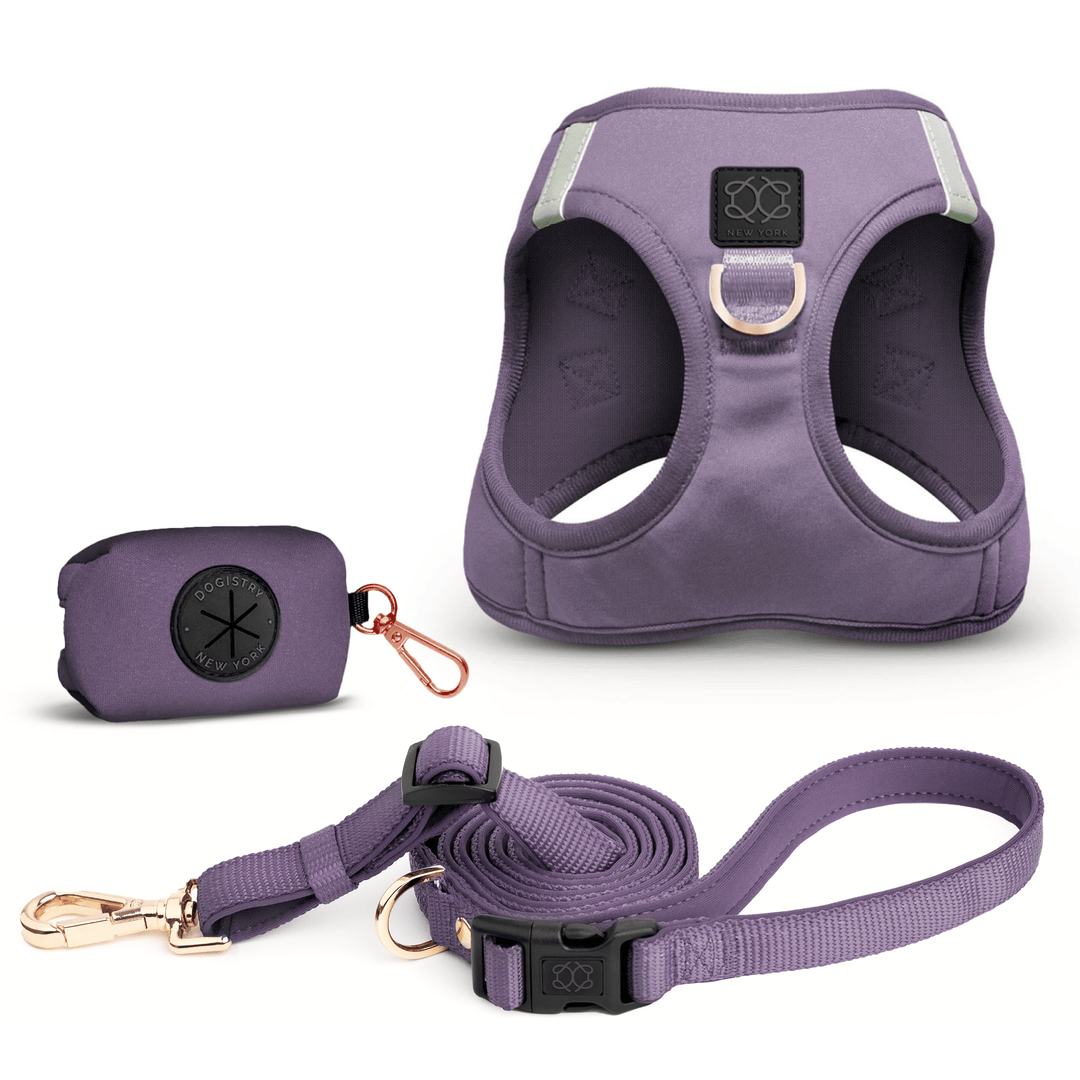
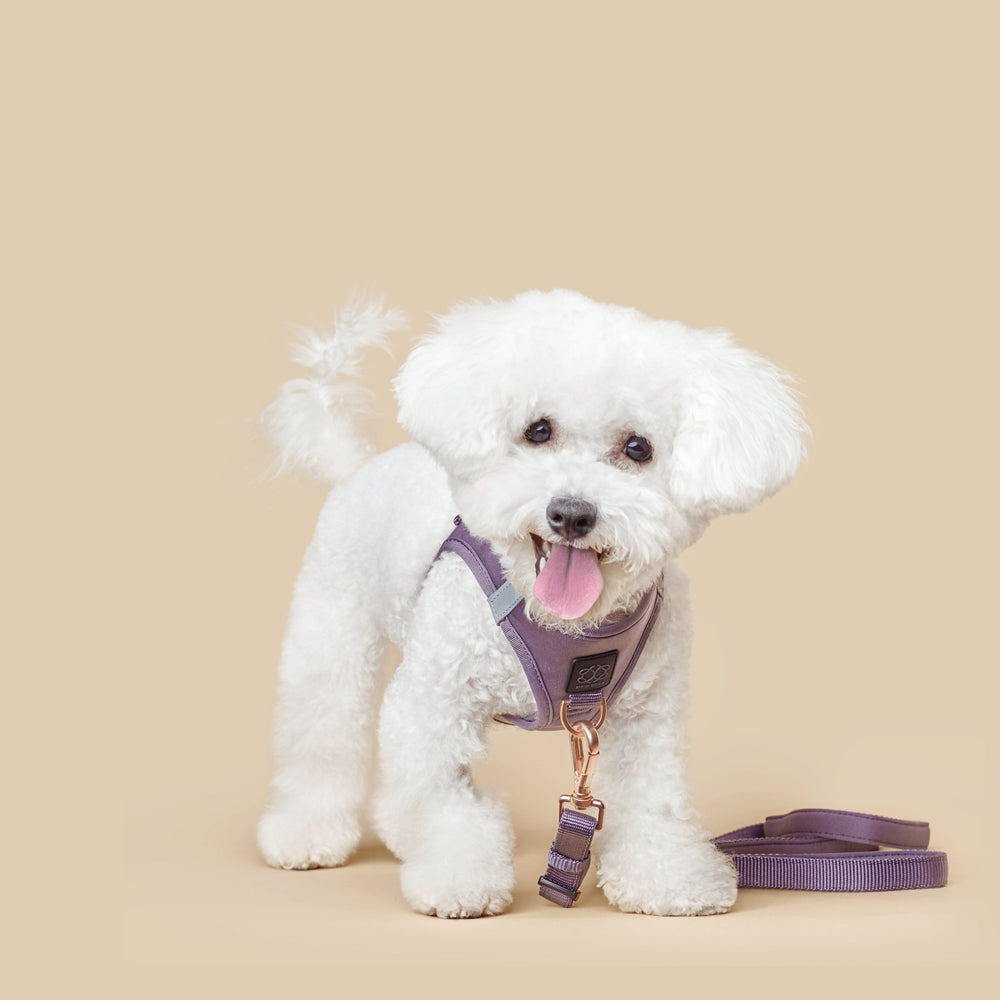
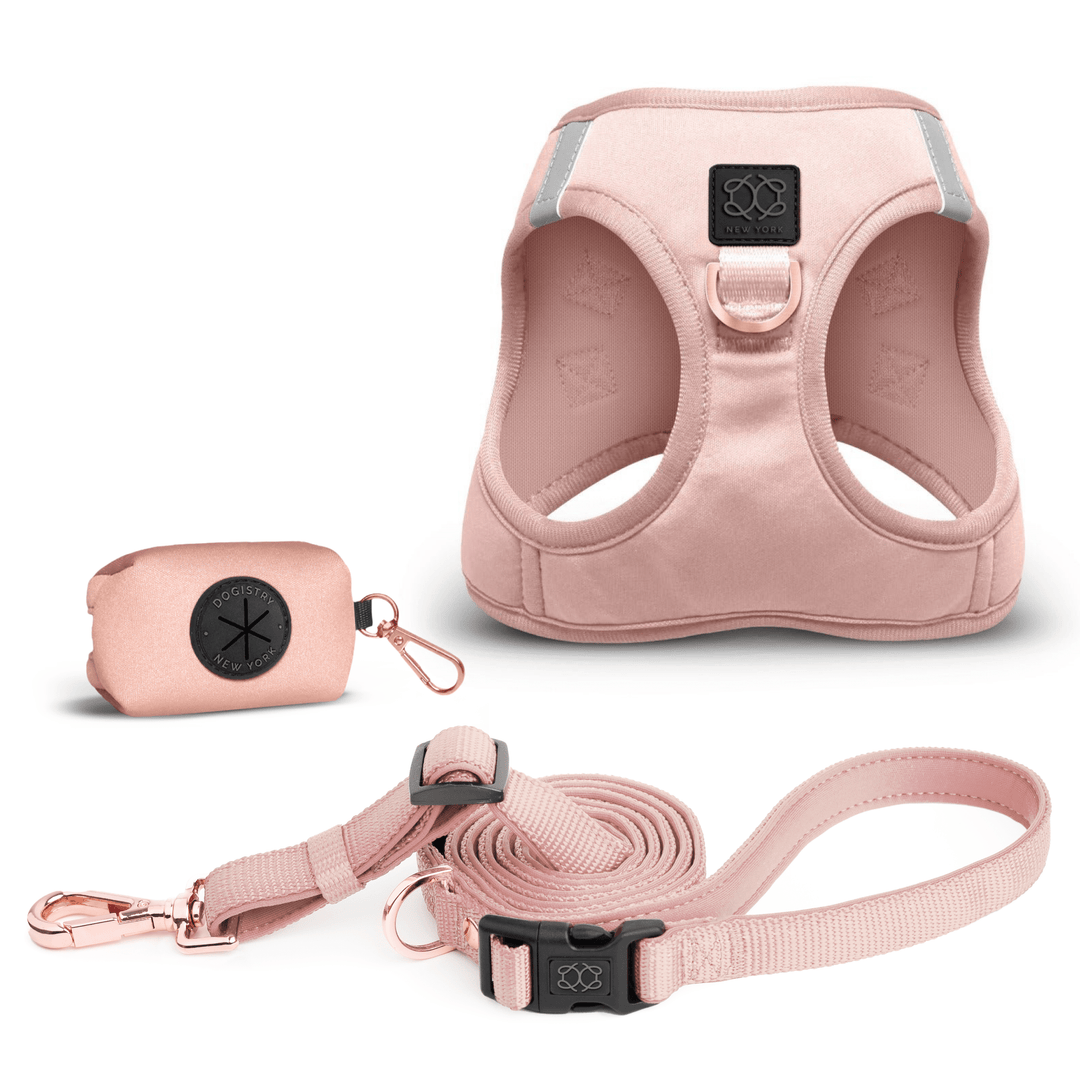
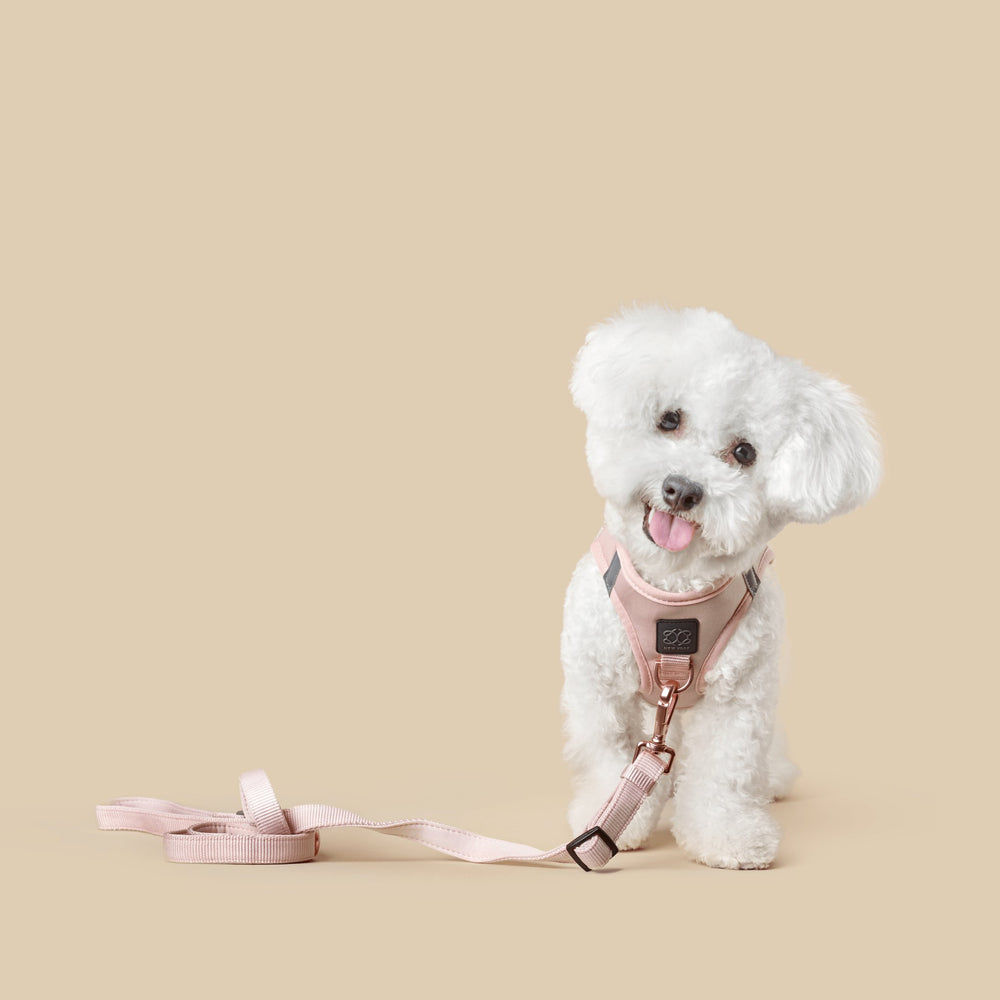


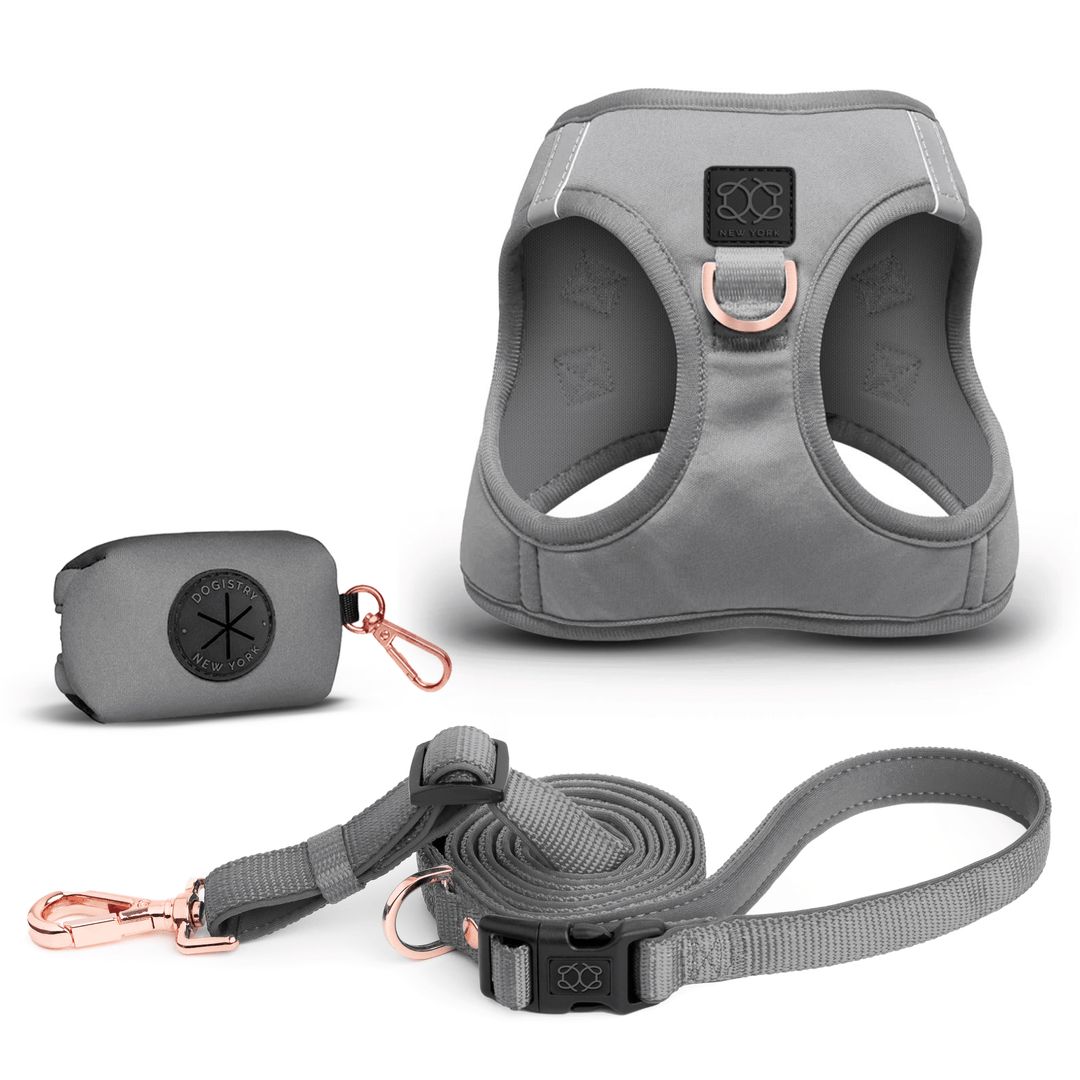



Leave a comment